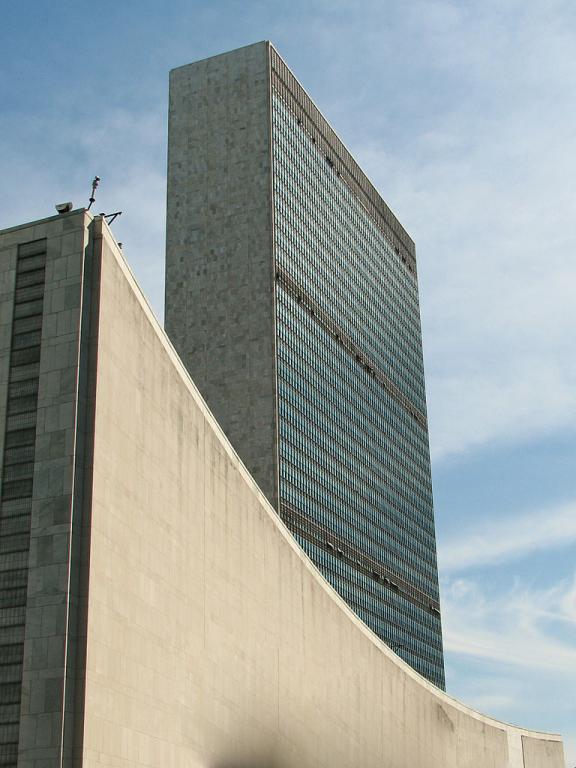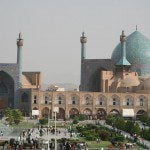
There were serious clashes between Arabs and Jewish settlers throughout the 1920s and 1930s, until the point in 1939 when, hoping to gain Arab support against the Axis powers in World War II, the British began to restrict Jewish immigration to the Holy Land. This, in turn, brought an angry and often violent response from the Jews of Palestine. Fed up with the situation, Great Britain submitted the problem to the United Nations after the close of the war, and, on 29 November 1947, that international organization decided to relieve the British of responsibility for Palestine and to approve partition of the area into two states; one for the Jews and the other for the Palestinian Arabs.
The Zionists accepted the United Nations plan, although they did so with some reluctance since it failed to grant them control over many of the areas of Palestine that were most important to them and to Jewish history. Their reasoning, clearly, was that it was better to gain possession of half a loaf of bread than to get no loaf at all. With the two-thousand-year-old dream of a Jewish state so nearly within reach, they seized the opportunity that the U.N. plan offered them. The Arabs, on the other hand, rejected the partition plan. They considered all of Palestine to be theirs and could not see why they should agree to demands from outsiders that they give up part of their land. Even today, some Palestinians like to point to the indisputable fact that it was partly European horror and revulsion at what had been done to the Jews by the Nazis in the 1930s and 1940s that finally led the United Nations to set up a Jewish homeland in the Middle East. “If the West felt so guilty,” these Arabs ask, “why didn’t it create a Jewish state in Bavaria? After all, it was the Germans who carried out the Holocaust, not the Arabs.” The Arab nations around Palestine began to prepare for military intervention to thwart the partition plan.
***
The last day of class discussion in my MESA (Middle East Studies – Arabic) 250 course at Brigham Young University (“Introduction to the Religion of Islam”) is devoted to questions that most of the students have probably been considering all through the semester, about how Latter-day Saints should think about Muslims and their faith. To facilitate discussion, I ask them to read the following items, mostly from the Journal of Discourses and the Ensign:
- 15 February 1978, “Statement of the First Presidency regarding God’s Love for All Mankind”
- 23 September 1855, “The History of Mahomedanism,” by G. A. Smith
- 23 September 1855, “Mahometanism and Christianity,” by Parley P. Pratt
- March 1972, “Islam and Mormonism – A Comparison,” by Hugh W. Nibley
- June 1979, “All are Alike Unto God,” by Howard W. Hunter
- June 1979, “Ishmael, Our Brother,” by James B. Mayfield
- August 2000, “A Latter-day Saint Perspective on Muhammad,” by James A. Toronto
- April 2018, “Understanding Islam,” by Daniel C. Peterson











